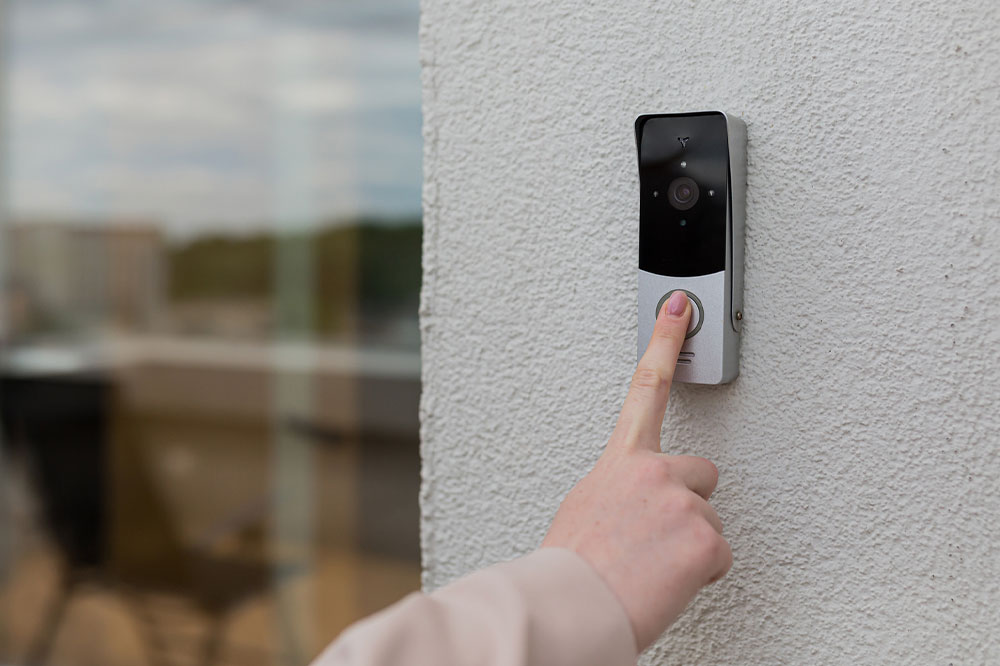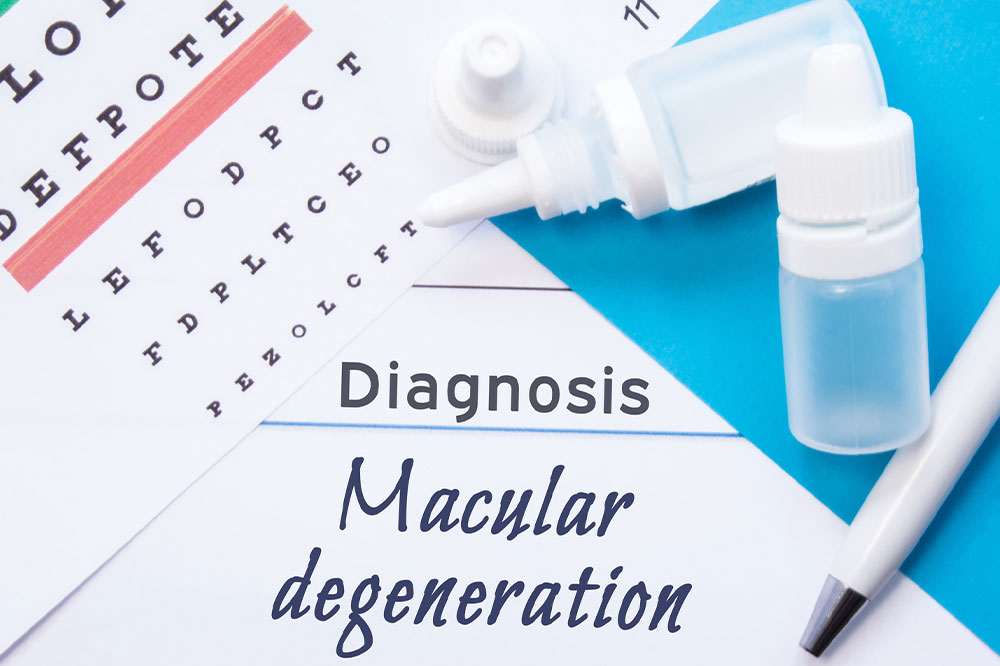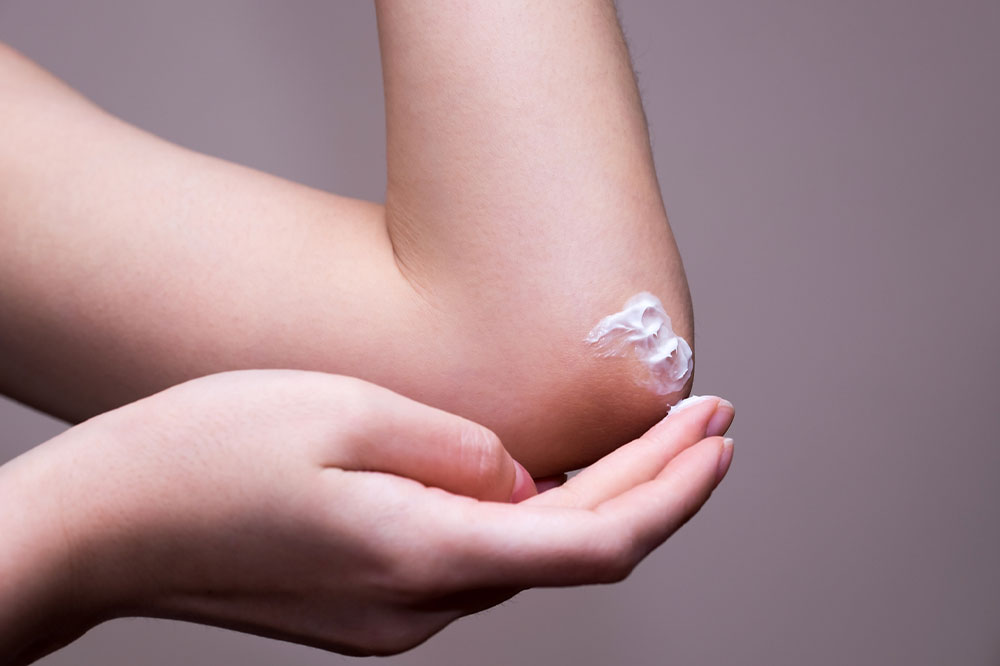10 kitchen ingredients to control ticks and fleas in dogs

Keeping a dog healthy is every pet parent’s priority. However, pets are susceptible to a range of health complications, which may surface due to a range of factors, including flea and tick infestations. There are several ways to keep these tiny critters away, which include vet-recommended sprays and prescriptions. But for those who want to steer clear of such methods, here are ten kitchen ingredients that could help manage ticks and fleas infestation.
Apple cider vinegar
Though apple cider vinegar may not eliminate fleas and ticks, the ingredient could help repel them. Fleas do not enjoy the smell or taste of this vinegar, so they are likely to avoid settling on the pet. Pet parents could dilute the apple cider vinegar in water and add the mixture to a spray bottle. If the pet does not like being sprayed, the individual could dip a brush in the mixture and distribute it into the fur with a grooming session. However, the liquid isn’t safe for pet consumption. Therefore, one should limit the amount introduced to the pet’s fur with consultation with a vet.
Lemon
Experts indicate that using citrus fruits like lemons could be highly effective in keeping fleas and ticks away in dogs. All one needs to do is cut a lemon into quarters, put it in a pint jar, cover it with boiling water, and let it steep overnight. After this, add the solution to a spray bottle and spray on the dog’s fur. A few regions that must be treated with this liquid include behind the ears, the base of the tail, the armpits, and around the head.
Coconut oil
The oil derived from coconuts is rich in several health benefits for pets. It could also help repel tiny bloodsuckers from a dog’s fur. Coconut oil is rich in a fatty acid called lauric acid, a component known to eliminate fleas. The fat covers the critter’s exoskeleton and suffocates them. One should remember to apply the oil to their dog’s coat outdoors. Since the oil is acidic, the pests may leap out of the fur and scatter around the house. Individuals should run the oil through the fur and on the skin, but remember to wash it off once the pet is back home.
Baking soda and salt
Ingredients like baking soda and salt have proven highly useful in keeping fleas and ticks away from pets. One must combine equal parts of the two and sprinkle it liberally around the home or yard. The mixture dehydrates fleas and flea eggs and makes the space safer for the dog. The individual should remember to vacuum the home thoroughly in a few hours to get rid of the mixture and any critters.
Rosemary
Steep rosemary leaves in boiling water, strain the mixture, and dilute it well in warm water. After the water reaches a comfortable temperature, the individual must pour the mixture over the dog and let it dry naturally. This process is one of the most convenient options for pets who enjoy playing in water.
Neem oil
The oil derived from the neem plant is highly effective in dealing with infestations on pet fur. Apply this oil directly to their pet’s coat for the best effects. The oil could also be mixed with a vet-recommended pet shampoo for its repellant benefits. Moreover, experts recommended diluting neem oil with water and spraying it on the coat. These techniques could help keep pet fur free from the blood-sucking critters.
Diatomaceous earth
This product is usually found in kitchens that might be used as anticaking materials and may have certain health benefits for the human body. One should note that this ingredient could also come in handy when dealing with ticks and fleas around pets. Diatomaceous earth can penetrate the outer protective layer and enter the body of waxy exoskeleton pests. So, once a flea comes in contact with the powder, it will eventually perish from dehydration. The remedy may also help get rid of flea eggs. Sprinkle this ingredient in areas where fleas are usually breeding and use it on pet bedding since the product is pet-friendly. One can also reapply the powder after three days to get rid of fleas.
Citronella oil
This essential oil is ideal for discouraging mosquitoes, ticks, and fleas from crawling around in and around pets. The oil could be placed in a spray bottle and diluted with water. There should be at least 15 drops of oil in the bottle. One must spray the solution directly on one’s pet to notice its effects. The pet parent could also spray the concoction in the yard or other areas of the home from where the critter usually originates.
Lemongrass
Lemongrass has active ingredients – citral and geraniol – that serve as natural flea repellents. Therefore, using it on pet dogs could be one of the best home remedies to keep their fur free from unwanted critters. One must add about five drops of lemongrass oil to a spray bottle and top it up with water. The process will create a spray that can be applied to the pet’s coat or home furniture. Sometimes, ticks and fleas may hide among carpet fibers, which is difficult to clean. Spraying the solution on those areas can help get rid of them.
Dishwashing soap
The cleaning ingredient may serve as the ideal tool against fleas and ticks. The liquid is mainly used to trap pests and eliminate them immediately. The person can mix warm water and soap in a bowl and place it in flea-infested areas. When the critters climb in, it is harder for them to escape because the soap gets onto them. One can follow this routine regularly, especially at night because of the pest’s nocturnal nature, to gradually eliminate them. However, one should keep their pet dog away from the concoction as dish soap could lead to complications if ingested.







